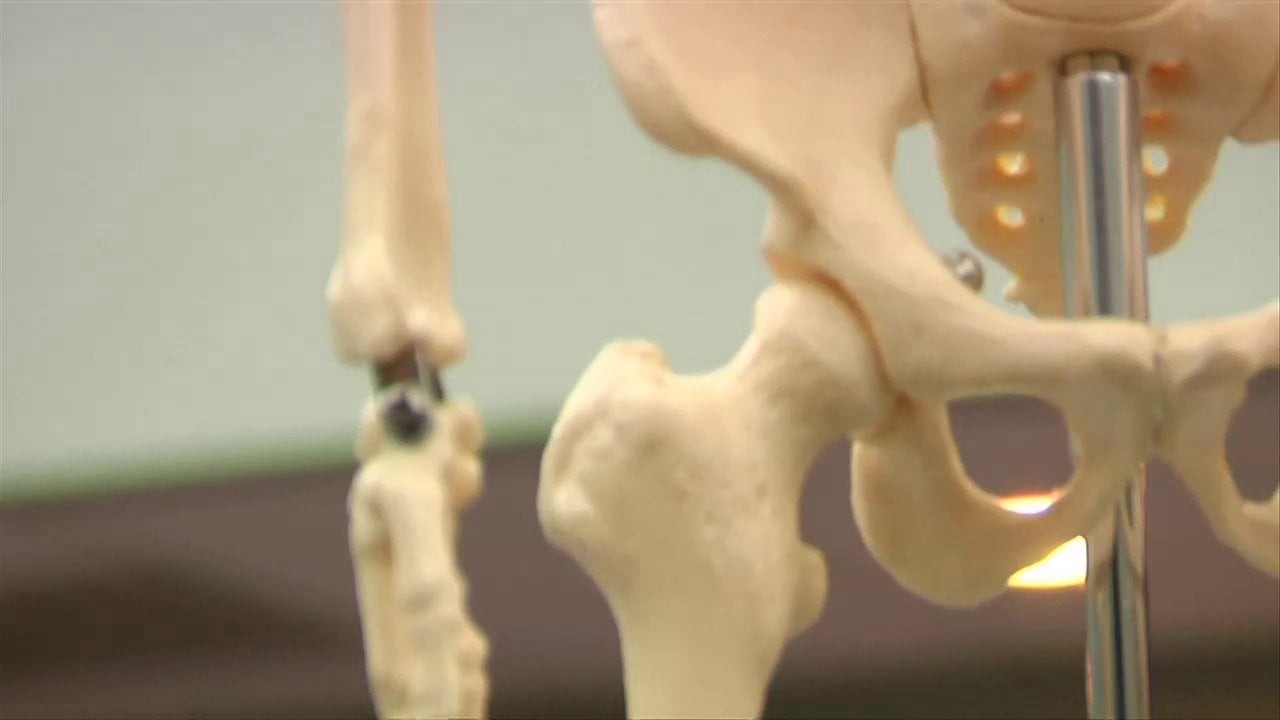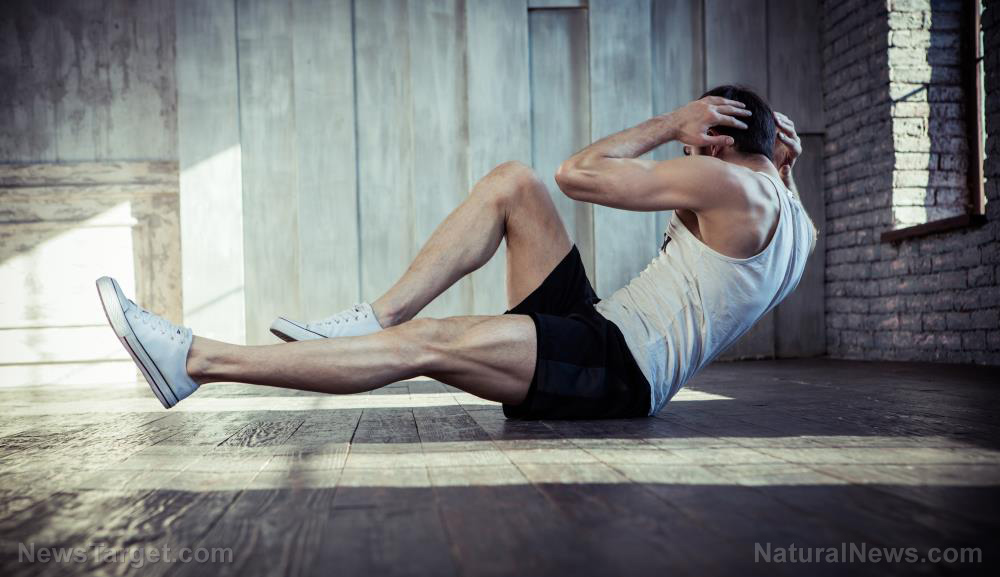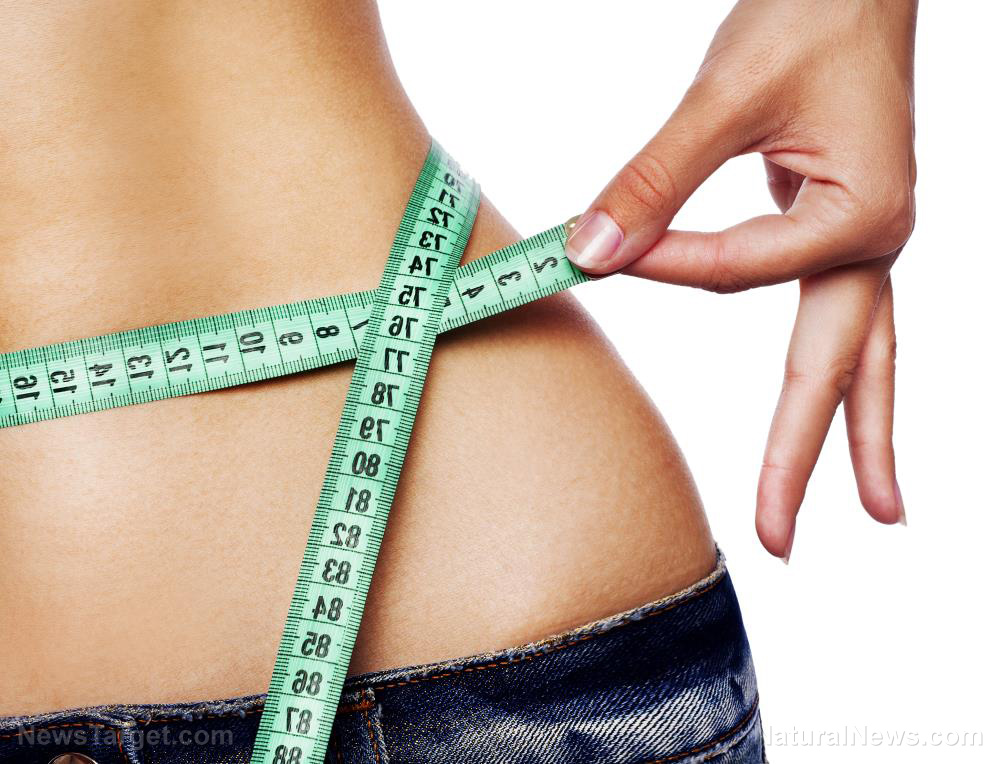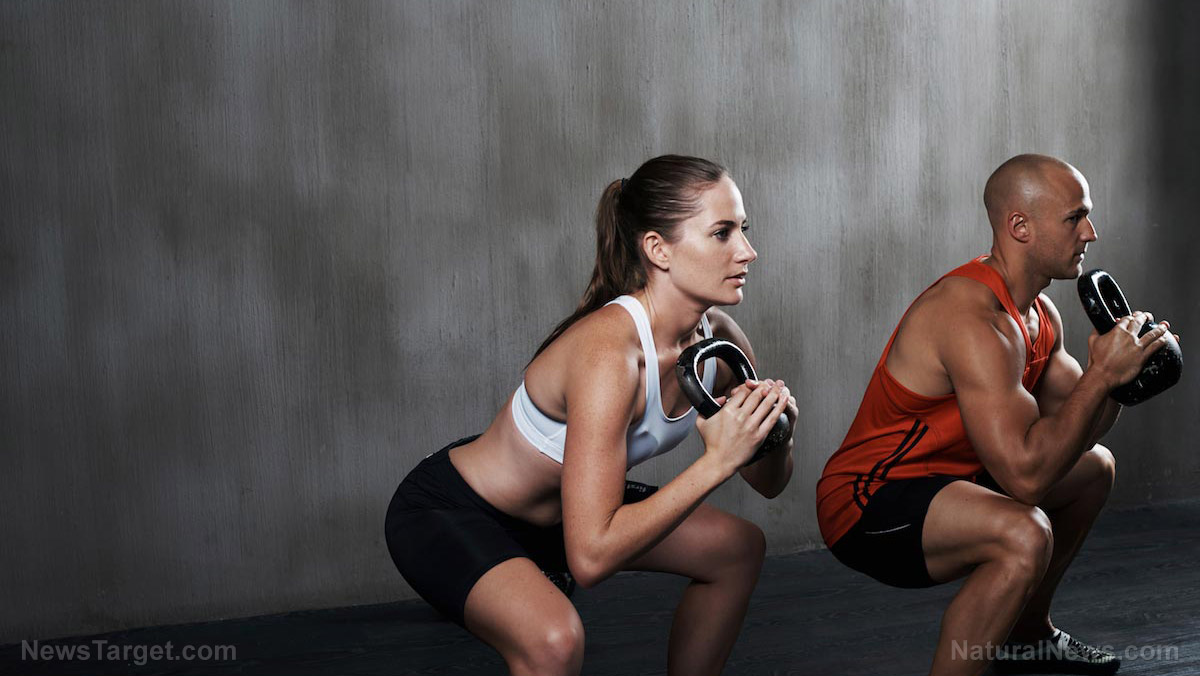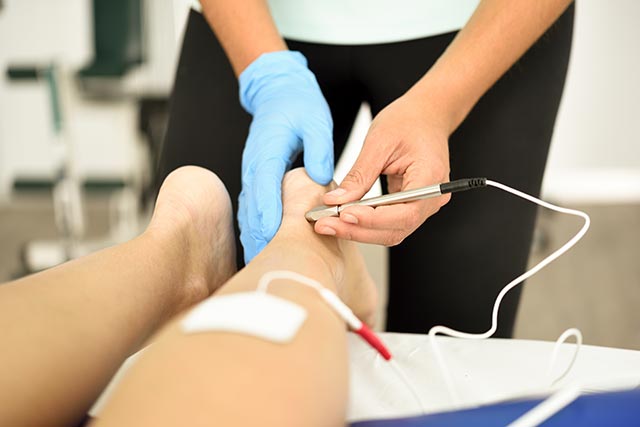Heal leg ulcers faster with increased circulation: Research says exercise speeds up the process
11/14/2017 / By Michelle Simmons
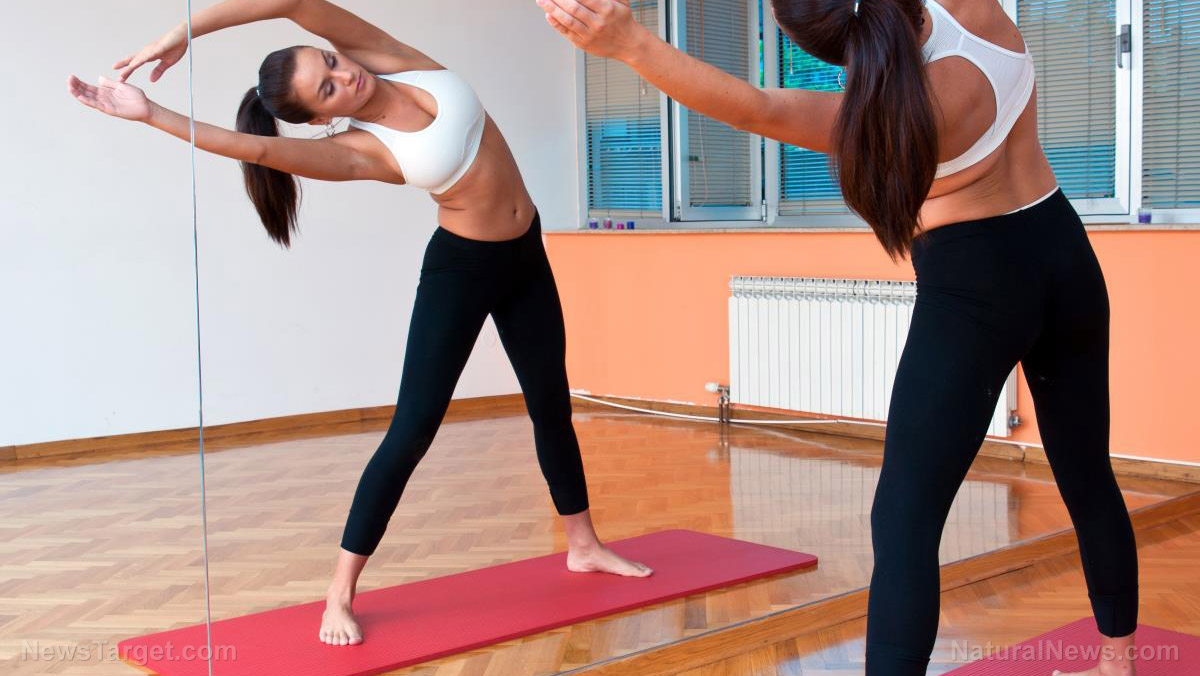
A new study finds that exercise can speed up the process of healing leg ulcers. Nearly 70 percent of all leg ulcers have a venous component. Venous leg ulcers heal painfully and slowly. This, in turn, causes patients to lead an impaired quality of life, with a higher probability of social exclusion and decreased work productivity.
Although compression therapy has high healing rates, developments are typically not maintained. Exercise, on the other hand, is not costly, has low risk, and is an effective method to improve physical and mental health. However, there is not much evidence on how feasible and effective supervised exercise training is together with compression therapy among patients with leg ulcers. To look into this relationship further, researchers from Sheffield Hallam University in the U.K. evaluated the effectiveness of compression therapy together with exercise in patients suffering from venous leg ulcers.
In the study, the researchers observed 39 patients with venous leg ulcers. The participants of the study were randomly given either a combination of supervised exercise program with aerobic, resistance, and flexibility exercise done in three sessions a week and compression therapy, or compression therapy alone. The researchers measured the progress and success of the participants by taking note of their exercise attendance rate, loss to follow-up, and patients’ preference.
The findings of the study, which were published in the British Journal of Dermatology, revealed that 72 percent of those participants who were tasked to exercise attended all scheduled exercise sessions. There were no serious harmful events, but there were two adverse events related to exercise reported, which was increased ulcer discharge. Moreover, the loss to follow-up record was at five percent. In addition, the exercise group healed faster compared to the compression therapy group. The exercise group recovered from their ulcer within 13 weeks, while the compression therapy group took about 35 weeks to heal. The study was funded by the National Health Service.
“Although this is a feasibility study and we can’t draw any final conclusions from it, our findings suggest that people with ulcers not only enjoy taking part in a supervised exercise scheme, staying in the program until the end, but may also draw multiple benefits from it, offering reduction in treatment costs as well,” said Markos Klonizakis, lead investigator and lead author of the study.
The researchers wrote that their study support the feasibility and acceptability of both the supervised exercise program together with compression therapy and the study procedures. They also noted that future research will focus on the design and implementation of an appropriately-powered, multi-center study.
“Having proven that such a program is workable for everyone involved, we will now seek funding to test the main study hypothesis in seven regions across England,” Klonizakis said.
Other natural treatments for venous leg ulcers
There are several other way to treat venous leg ulcers without using medications. One of these is to avoid cigarette smoking, if you are a smoker. The chemical that cigarettes contain may hinder the healing process of the skin. Other ways include maintaining a healthy diet or and losing some weight as obesity is a risk factor for developing the disease. Lastly, keeping the affected leg raised higher than the hip, when at rest, is essential if the leg is swollen. This lets gravity pull fluid and blood in the right direction, which is towards the heart. This lessens the swelling in the leg and lowers the pressure of blood in the leg veins.
Sources include:
Tagged Under: compression therapy, exercise, increased circulation, leg ulcer, natural healing, venous leg ulcer







